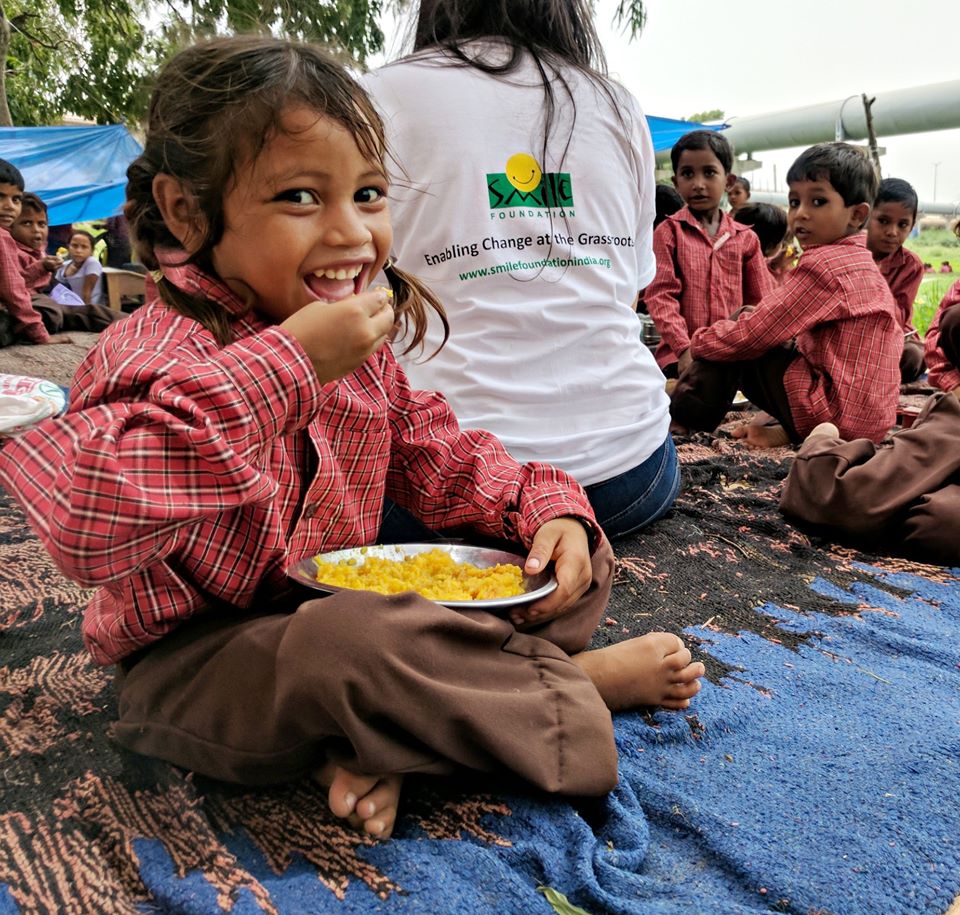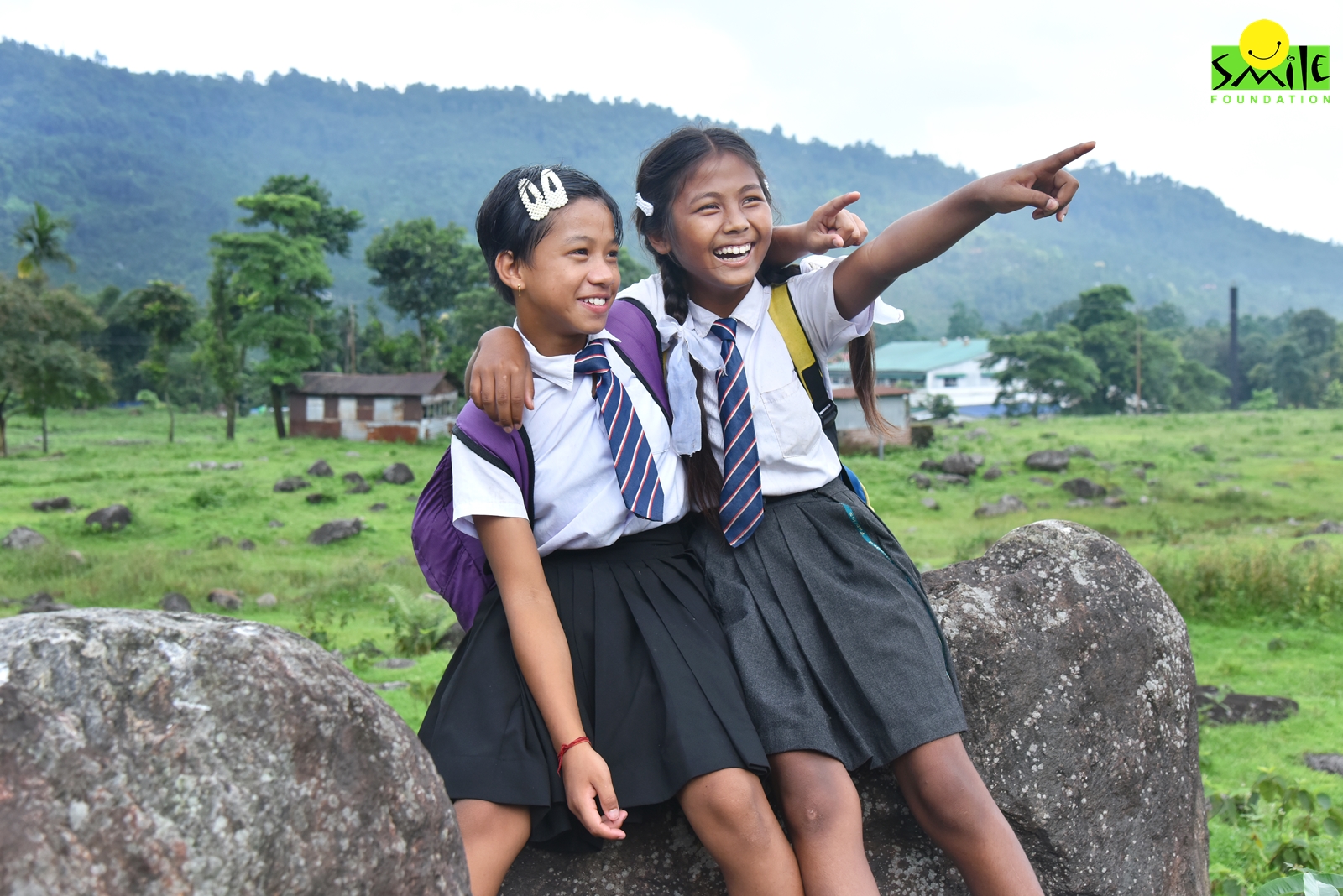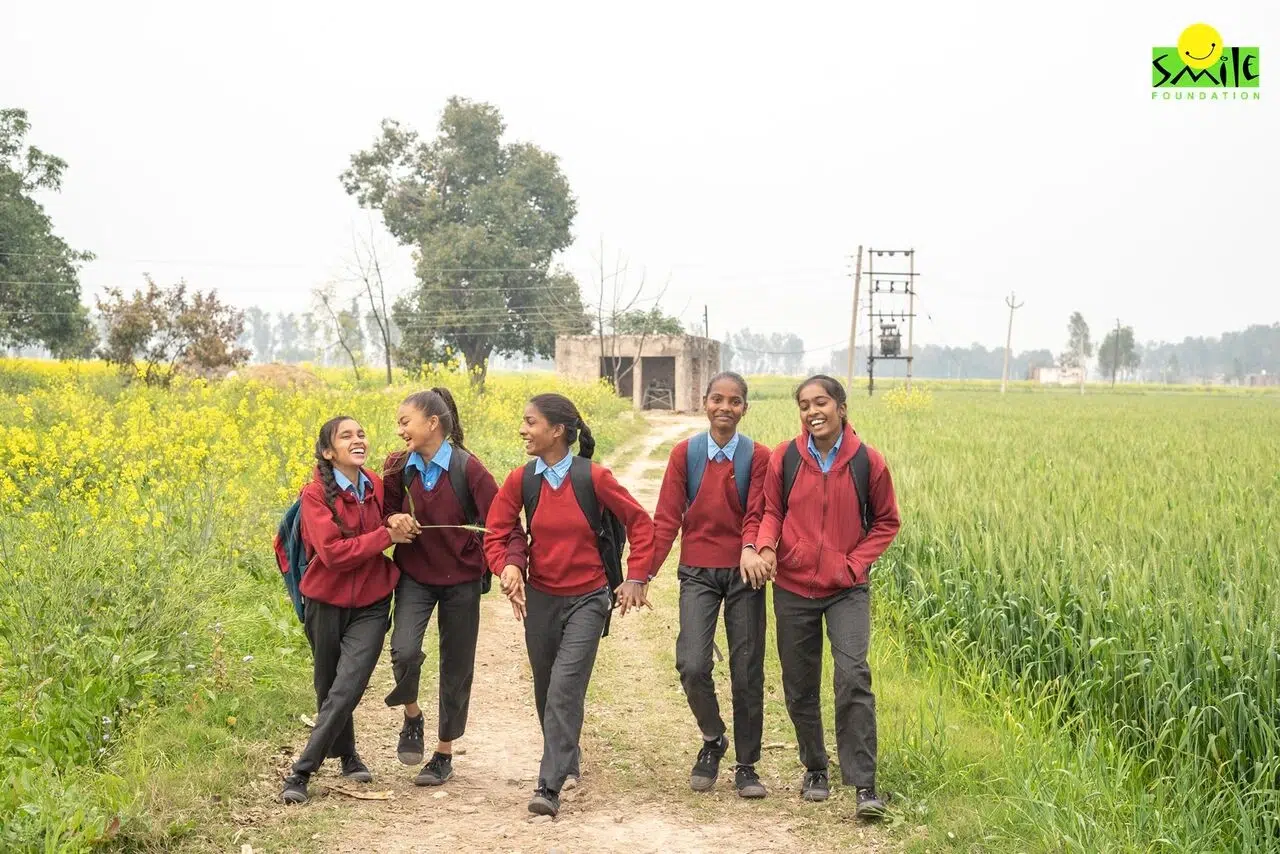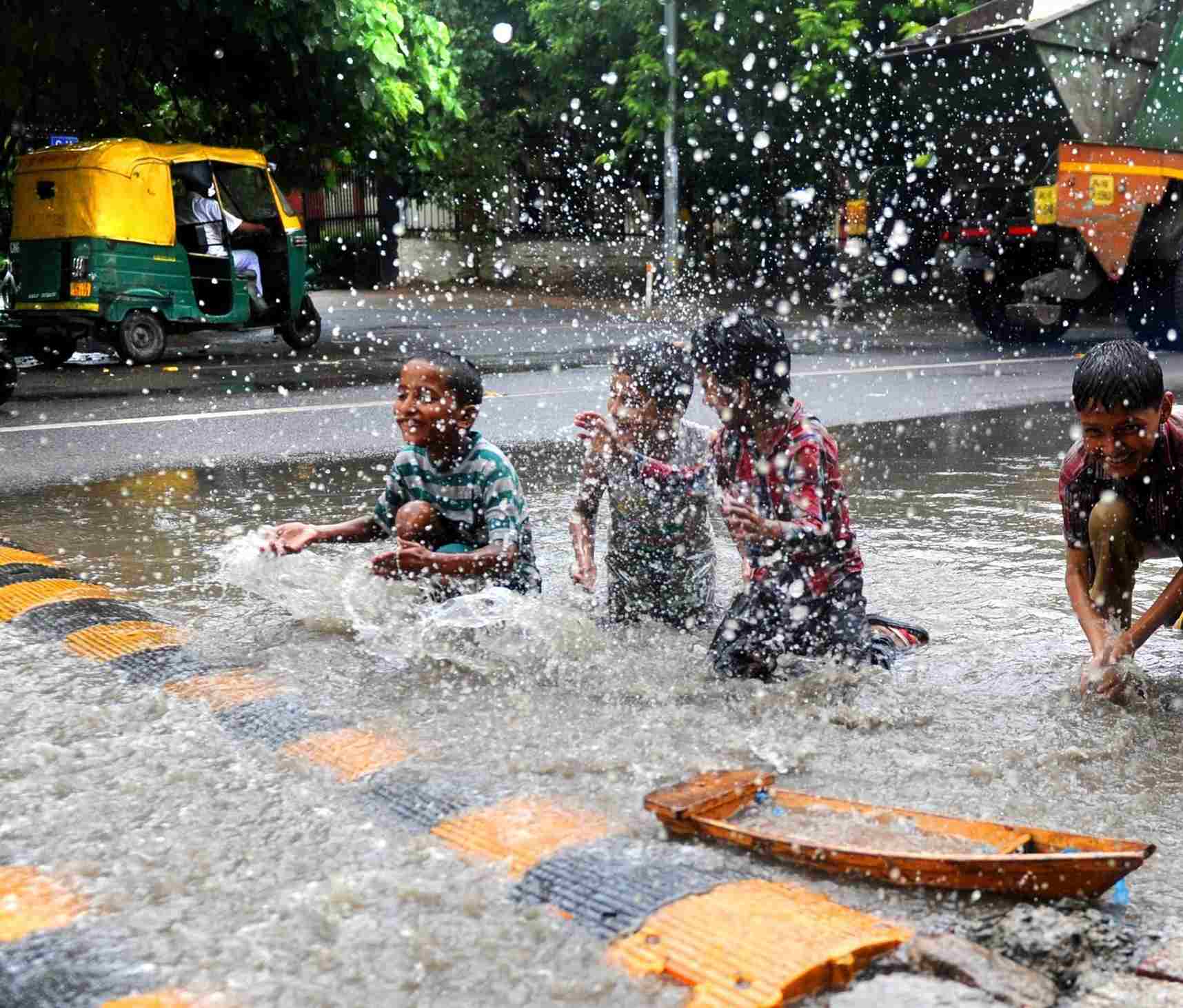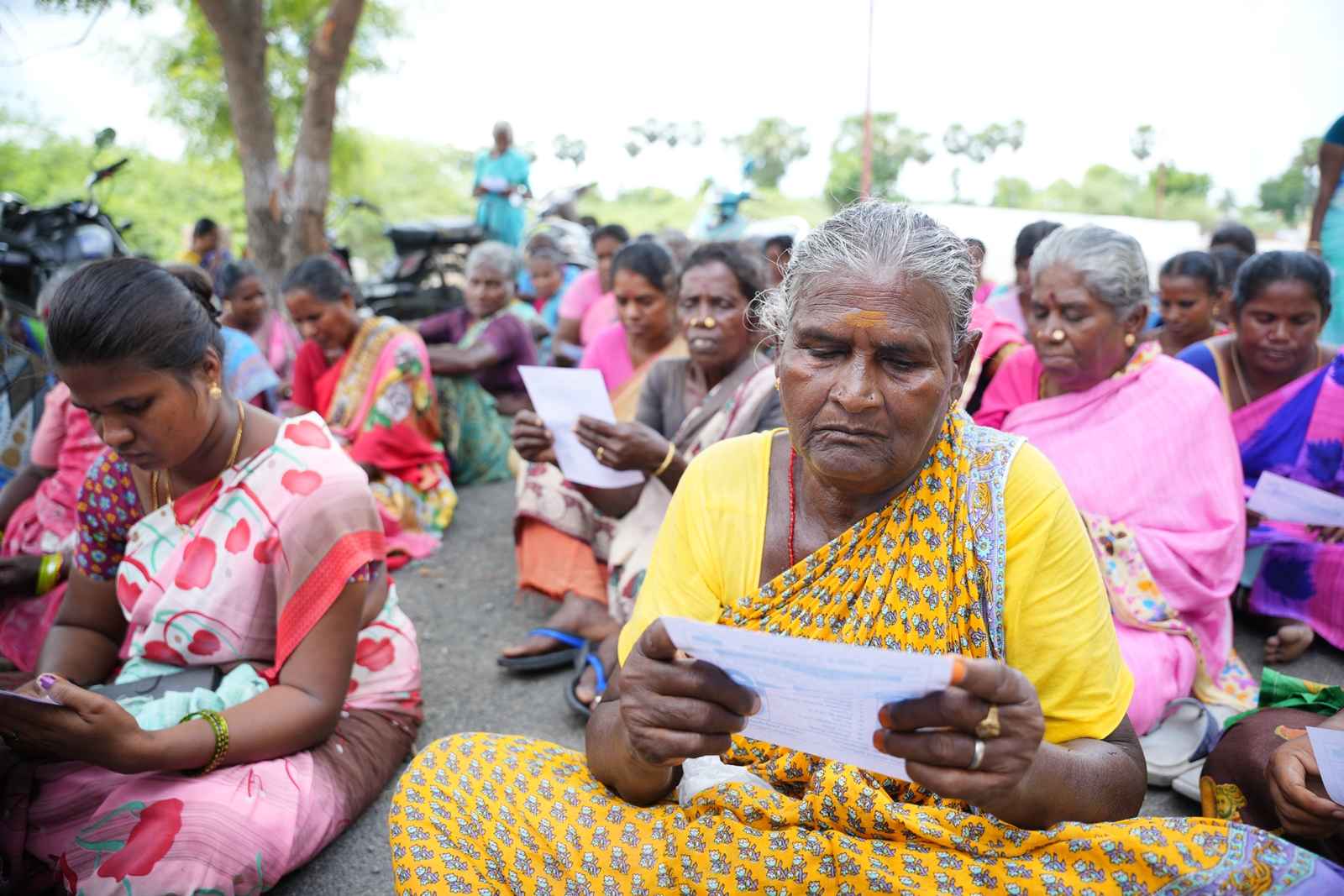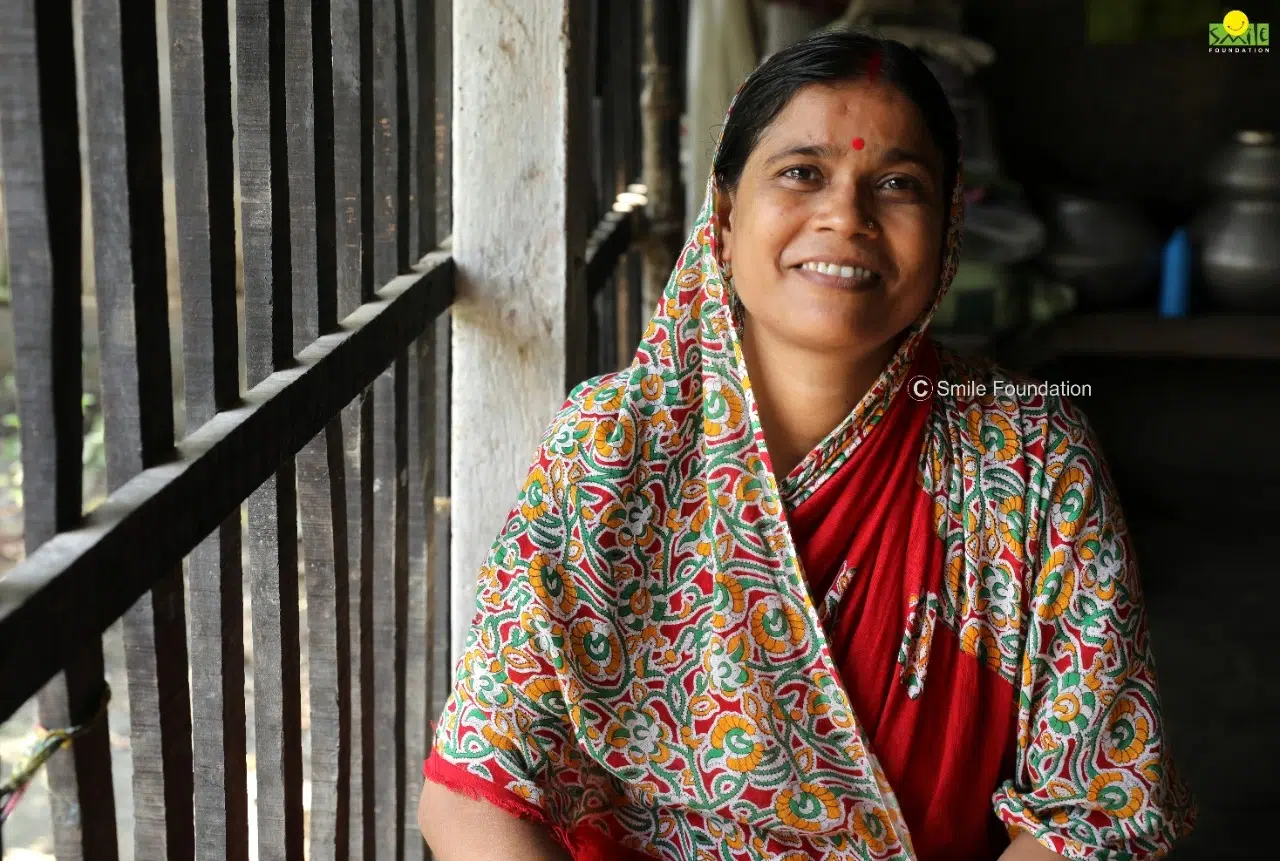Union Minister for Women and Child Development Smriti Irani’s recently made some revelations about malnutrition in India. This has once again brought this persistent and grave issue into focus. She informed that as per the latest data, over 9 lakh children in India suffer from severe malnutrition November 30, 2020. These children range between the ages of 6 months to 6 years. She also added that there are about 4 lakh such children in Uttar Pradesh alone.

The problem of malnutrition in India
Malnutrition is among the leading causes of death and disease in children under the age of five. It severely affects development and learning capacities among children.
Wasting is a critical health condition in which a child is nine times more likely to die as compared to a healthy child. According to National Family Health Survey (NFHS)-4 conducted in 2015-16, 21% of under-5 children in India suffered from Moderate Acute Malnourishment (MAM) and 7.5% suffered from Severe Acute Malnourishment (SAM).
The kinds of hunger

There are two kinds of hunger among children. One arises out of poverty, where children do not have access to food. They can be found lurking behind garbage bins hunting for food or begging in the streets to feed themselves. These children are either engaged in some sort of labour or simply loiter around in the hunt for food. The other kind of hunger arises out of the lack of proper nourishment. This is also called hidden hunger. Hundreds of school-going children suffer from hidden hunger. The parents in poor and vulnerable families provide whatever meal they can with the meagre amount they earn. However, this doesn’t provide proper nourishment.
Girl child and malnutrition
The situation is worse when it comes to girl children. Due to poor health, parents often discontinue the education of their daughters.
However, what is often not acknowledged is that it is not education that causes problems but lack of proper food and nutrition. Given that the parents are also living below the poverty line, they too struggle to get complete meals for their families.
Government interventions
The government has various targeted outreach and service delivery programmes to combat malnutrition in India. These include POSHAN Abhiyaan and Supplementary Nutrition and Anaemia Mukt Bharat, among others. However, a large number of states are still showing an increase in SAM, as per NFHS data for 2019-20.
Impact of the pandemic
The COVID-19 pandemic has only made the situation worse. Closing of schools (and by extension disruption of midday meals) and Anganwadi Centres, as well as a disrupted supply chain, have resulted in further increasing malnutrition in India. Additionally, access to primary healthcare centres has also been restricted due to COVID-19 and subsequent lockdowns.
The causes of acute malnutrition are many. It is a complex socio-cultural problem which encompasses inequitable access to nutritious foods and health services, sub-optimal feeding practices, lack of maternal education, poor access to clean water and sanitation, poor hygiene practices, food insecurity, and unpreparedness for emergencies. The pandemic has laid bare these inefficiencies. The need of the hour is to adopt sustainable solutions to manage acute malnutrition and mitigate the impact of COVID-19.
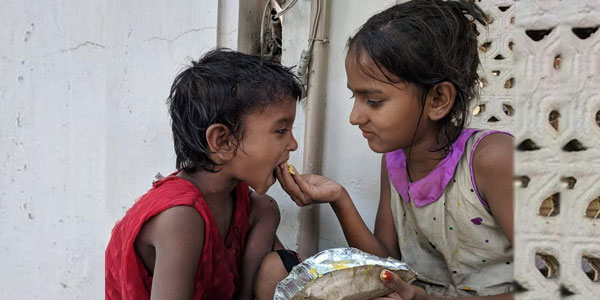
The Plate Half Full campaign
This need is the basis for Smile Foundation’s Plate Half Full campaign. This initiative is aimed at enhancing education with adequate nutrition. Along with education, it is also important for children to have regular and nutritious meals.
This campaign seeks to fill the half-empty plates of those who do not have their plates full. It also aims to sensitize teachers and caregivers on the need for proper nutrition.
You can also do your part and make a contribution here.



